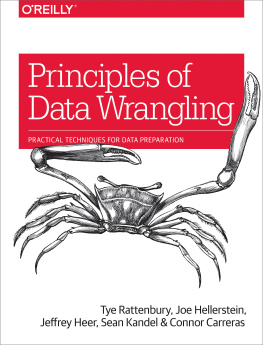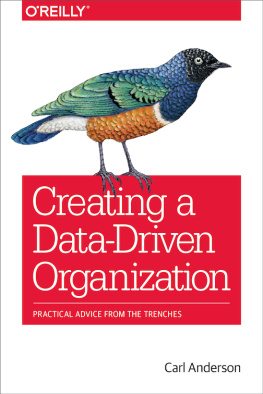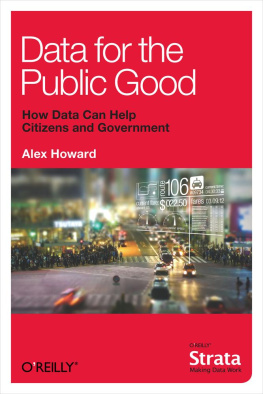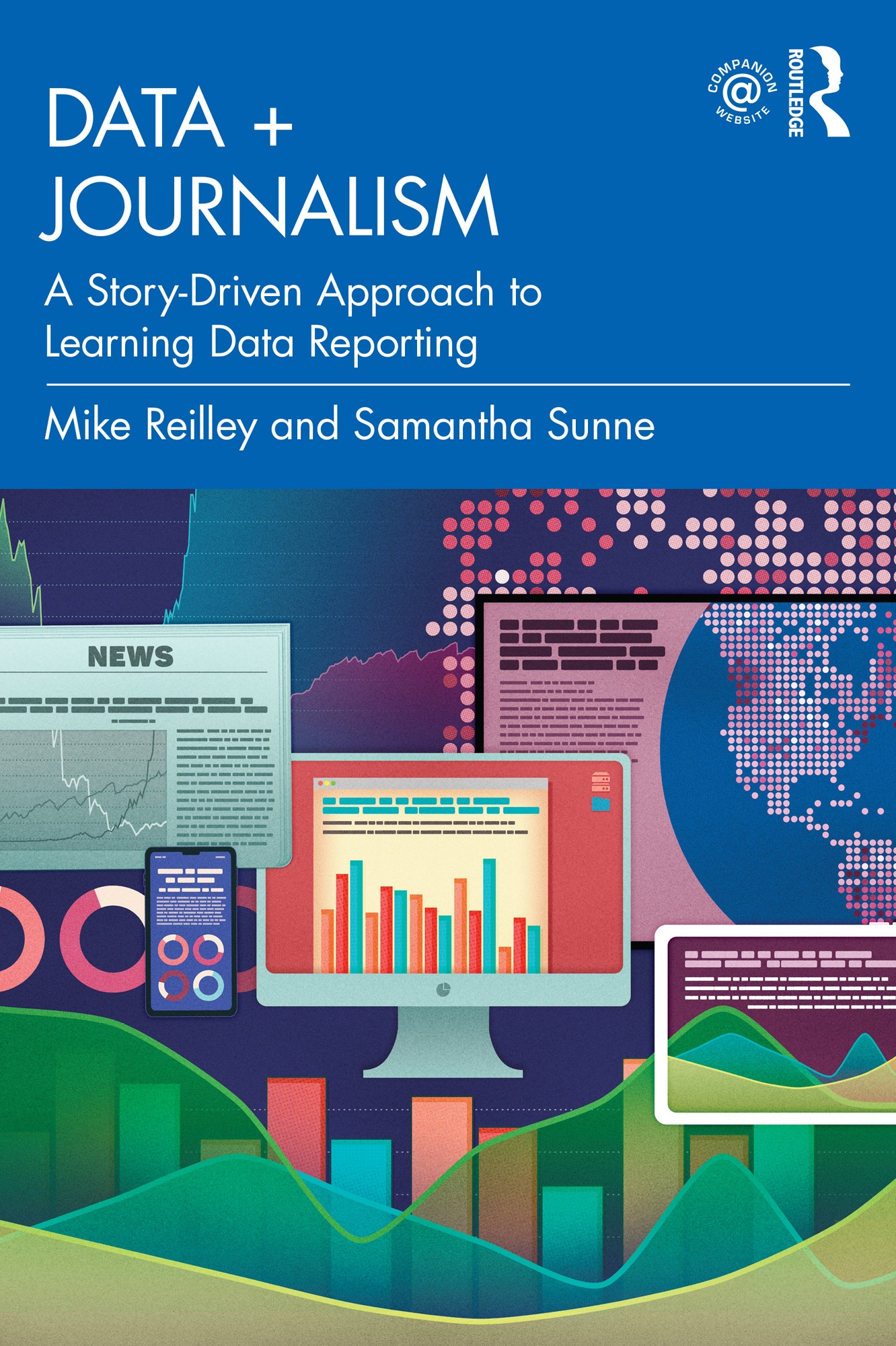
Data + Journalism
Taking a hands-on and holistic approach to data, Data + Journalism provides a complete guide to reporting data-driven stories.
This book offers insights into data journalism from a global perspective, including datasets and interviews with data journalists from countries around the world. Emphasized by examples drawn from frequently updated sets of open data posted by authoritative sources like the FBI, Eurostat and the US Census Bureau, the authors take a deep dive into data journalisms heavy lifting searching for, scraping and cleaning data. Combined with exercises, video training supplements and lists of tools and resources at the end of each chapter, readers will learn not just how to crunch numbers but also how to put a human face to data, resulting in compelling, story-driven news stories based on solid analysis.
Written by two experienced journalists and data journalism teachers, Data + Journalism is essential reading for students, instructors and early career professionals seeking a comprehensive introduction to data journalism skills.
Mike Reilley teaches data and digital journalism at the University of Illinois at Chicago. He founded the digital resources site JournalistsToolbox.org in 1996 and continues to update it today for the Society of Professional Journalists.
Samantha Sunne teaches data and digital techniques to journalists at universities and other groups including the Society of Professional Journalists, Hunter College-CUNY and Investigative Reporters and Editors. She is a long-time journalism freelancer specializing in data and investigative stories.
Data + Journalism A Story-Driven Approach to Learning Data Reporting
Mike Reilley and Samantha Sunne

Designed cover image: Illustration by Billy OKeefe
First published 2023
by Routledge
605 Third Avenue, New York, NY 10158
and by Routledge
4 Park Square, Milton Park, Abingdon, Oxon, OX14 4RN
Routledge is an imprint of the Taylor & Francis Group, an informa business
2023 Mike Reilley and Samantha Sunne
The right of Mike Reilley and Samantha Sunne to be identified as authors of this work has been asserted in accordance with sections 77 and 78 of the Copyright, Designs and Patents Act 1988.
All rights reserved. No part of this book may be reprinted or reproduced or utilised in any form or by any electronic, mechanical, or other means, now known or hereafter invented, including photocopying and recording, or in any information storage or retrieval system, without permission in writing from the publishers.
Trademark notice: Product or corporate names may be trademarks or registered trademarks, and are used only for identification and explanation without intent to infringe.
Library of Congress Cataloging-in-Publication Data
Names: Reilley, Mike, 1965 author. | Sunne, Samantha, 1991 author.
Title: Data + journalism: a story-driven approach to learning data reporting / Mike Reilley and Samantha Sunne.
Other titles: Data [plus] journalism
Description: New York: Routledge, 2022. | Includes bibliographical references and index.
Identifiers: LCCN 2022028643 | ISBN 9781032226125 (hardback) | ISBN 9781032225913 (paperback) | ISBN 9781003273301 (ebook)
Subjects: LCSH: JournalismData processing. | Data mining.
Classification: LCC PN4784.E5 R45 2023 | DDC 070.4/0285dc23/eng/20220924
LC record available at https://lccn.loc.gov/2022028643
ISBN: 9781032226125 (hbk)
ISBN: 9781032225913 (pbk)
ISBN: 9781003273301 (ebk)
DOI: 10.4324/9781003273301
Typeset in Goudy
by codeMantra
Access the companion website: http://dataplusjournalism.com
To my parents, who taught me never to give up. And to my wife, Isabella, who helped me beat cancer.
Mike
To my mom, who always said I could be a writer.
Samantha
Contents
Mike Reilley
Samantha Sunne
Mike Reilley and Samantha Sunne
Samantha Sunne
Mike Reilley
Samantha Sunne
Mike Reilley
Samantha Sunne
Samantha Sunne
Mike Reilley
Mike Reilley
Mike Reilley
Tables
Figures
Acknowledgments
We would like to thank many people who helped us with the writing and publishing of this book. Being a first-time author can be challenging, but a great support team and cooperation from many professional journalists made it much easier. Were grateful to our publisher, Routledge, and the team of Lizzie Cox, Hannah McKeating and Priscille Biehlmann, who helped us navigate the process. Their patience and sense of humor were greatly appreciated.
We also want to thank David Cuillier of the University of Arizona, for lending us his expertise on freedom of information and public records around the world. Lise Olsen, an investigative journalist with the Texas Observer and author of the book Code of Silence, shared nearly three decades of experience writing data-driven stories. Heather Cherone, the Chicago politics reporter at WTTW, shared how to work data reporting into daily online and TV news coverage.
Alvin Chang, head of visuals and data for The Guardian US, gave us some keen insights into designing graphics, and Lynn Walsh of Trusting News kept us on the cutting edge of building trust with readers through data stories. John Walton, data journalism editor at BBC News data journalism team, and Andy Boyle, director of product engineering at the Chicago Sun-Times, shared their innovative graphics and databases for international and local audiences.
Mike would like to thank his department chair at the University of IllinoisChicago, Zizi Papacharissi, for her encouragement and longtime support not only for this textbook but also for moving data journalism to the core of University of IllinoisChicagos journalism offerings.
Samantha would like to thank the community at Investigative Reporters and Editors, who elevate journalism in every field, and give a salute to the data journalists who made this whole universe possible, including Steve Doig, Sarah Cohen, Brant Houston and Cheryl Phillips, among others. Thank you to Carlie Procell, Lukas Udstuen and Lucia Walinchus for their technical expertise; Jian Chung Lee for individual projects; and Marissa DeCuir of Books Forward for advice.
Introduction The Power of Data Storytelling
DOI: 10.4324/9781003273301-1
In 1892, nearly 75 years before data journalism found its way into newsrooms, Ida B. Wells returned to Memphis from a promotional tour for her newspaper, the Memphis Free Speech. She found the city in peril a white mob had lynched three Black men after a conflict between a white man and a Black man had escalated for a few days.
Wells began to research why those and many other lynchings happened by using what we know today as data reporting techniques.
She went to the places where the lynchings happened, compiling data from newspapers and firsthand interviews. She counted not just the lynchings but also how many had occurred due to an accusation of a Black man attacking or harassing a white woman. This provided the foundation for a series of articles and editorials that she published in the Free Speech. In her autobiography, Crusade for Justice, Wells later wrote, They had committed no crime against white women. This is what opened my eyes to what lynching really was.
Next page

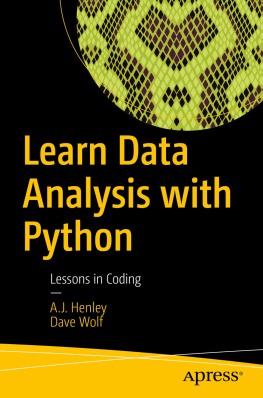
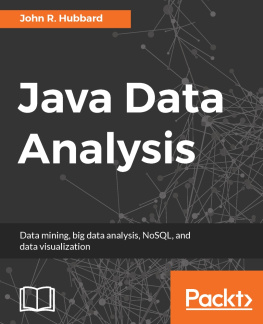
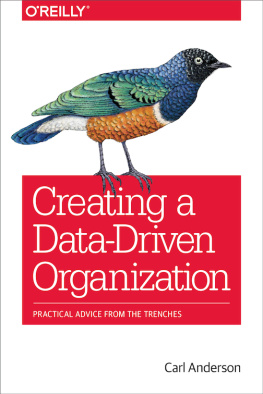

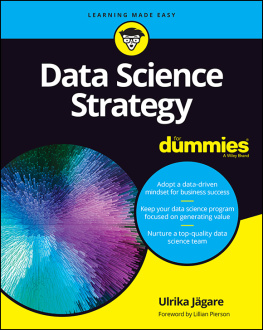
![EMC Education Services [EMC Education Services] - Data Science and Big Data Analytics: Discovering, Analyzing, Visualizing and Presenting Data](/uploads/posts/book/119625/thumbs/emc-education-services-emc-education-services.jpg)
